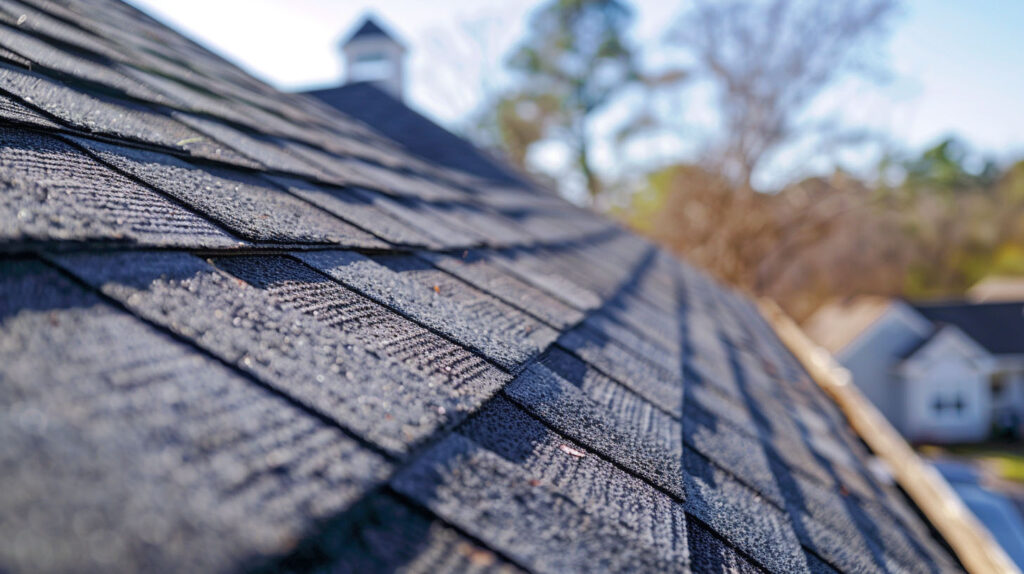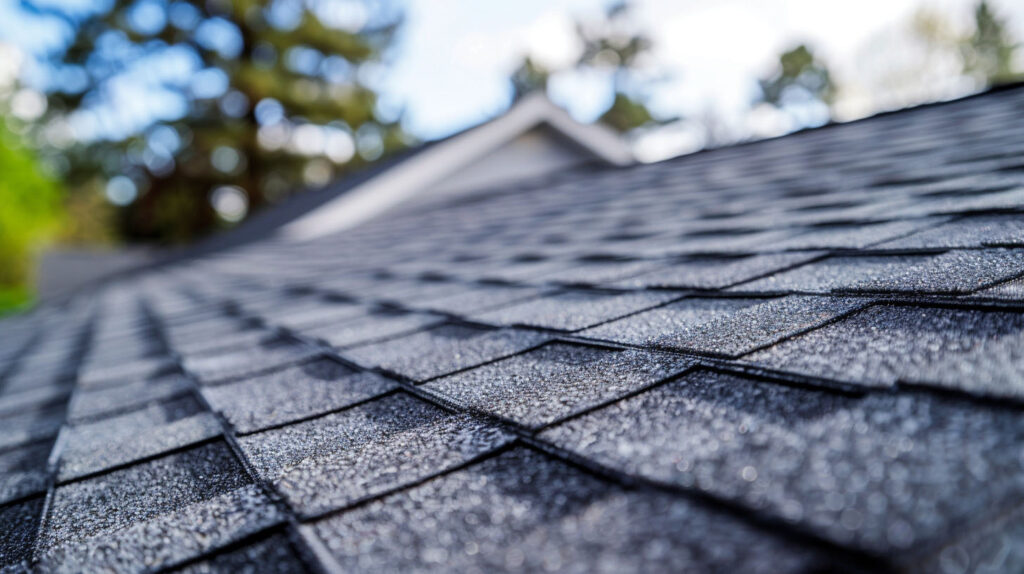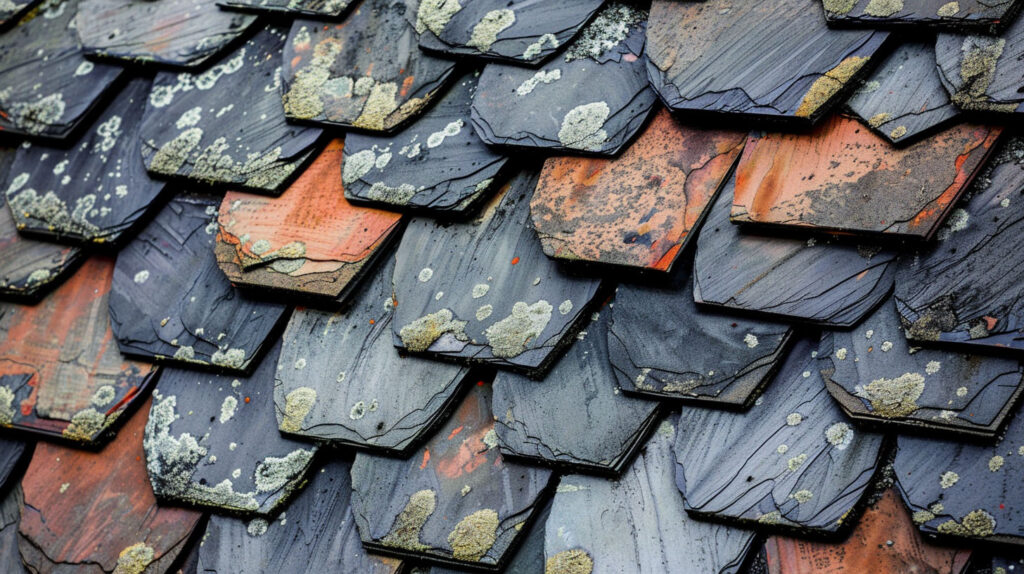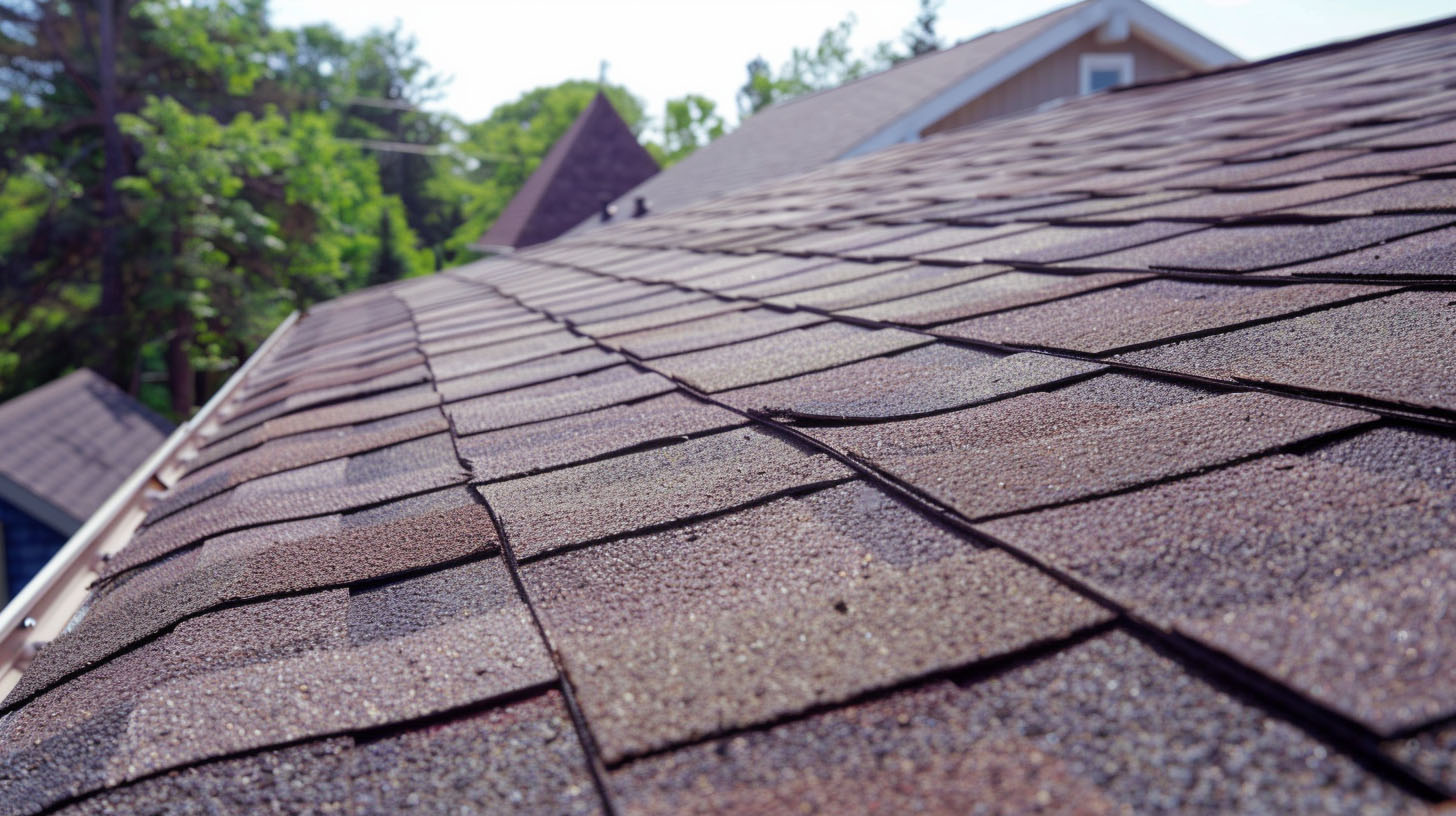Should You Reroof Over Existing Shingles?
Deciding whether to consider a roof overlay by reroofing over the existing layer of shingles is a critical decision for any homeowner planning a reroofing project in Long Beach, CA. At Specialist Roofing & Repair, we understand that when your existing roof approaches the end of its lifespan, you may wonder if adding another layer of shingles is the right choice. Our team of experts offers a roof overlay through reroofing as a faster and cheaper alternative to a full roof replacement, but we also recognize that it’s not suitable for all situations. Understanding the differences between these options can help you determine what’s best for your roof’s long-term performance. We provide expert guidance tailored to your specific needs, ensuring you make informed decisions for your roofing project in Long Beach, CA.
Understanding Reroofing vs. Roof Replacement
Reroofing and roof replacement are two distinct approaches to updating your roof. Reroofing simply adds a new layer of shingles, or layers of shingles, over the existing roof covering, making the process less intensive when compared to installing a completely new roof. This option is ideal when the underlying structures are in a generally good condition and free of major damage.
On the other hand, roof replacement involves tearing off the entire roof down to the wooden deck. This process allows for better inspection and repair of underlying issues, making it the best option and superior choice for roofs showing significant deterioration or structural concerns, as an accurate estimate of the necessary repairs can be established.
What Does Reroofing Involve?
Reroofing involves laying new shingles over existing ones without removing the old roof, providing extra protection. This process includes proper inspection, repairing any damaged areas, and ensuring that the new flashing layers adhere correctly. It’s a cost-effective solution but requires adherence to local building codes and manufacturer guidelines.

How Is Roof Replacement Different?
Roof replacement involves removing the existing roofing material completely and installing new materials, ensuring a fresh start and addressing underlying issues. In contrast, reroofing adds a new layer over existing shingles, often without addressing any hidden problems that may exist beneath.
Reasons Homeowners Consider Reroofing Over Existing Shingles
Many homeowners opt for reroofing over a full roof replacement for two primary reasons: cost-saving and speed. Reroofing is often chosen for its affordability compared to a complete replacement, as it skips the teardown process and requires less labor, especially when their considering the size of the roof is and its condition at the end of its life cycle.
Additionally, houses with generally good roofs that are merely reaching the end of their lifespan are excellent candidates for this method. If the shingles are flat and securely in place, you may decide that reroofing is a practical way to extend the lifespan of your existing roof.
Cost Savings and Budget Considerations
Choosing to reroof over existing shingles can often translate into significant cost savings. This approach usually requires less labor and fewer materials, making it a more budget-friendly option compared to a complete roof replacement. Homeowners might find that the installation of a new layer of shingles allows to maintain the overall good condition of their home without incurring the higher expenses associated with traditional removal and replacement. Hence, the main reason it stands as a great option is for those looking to save without compromising quality.
Quicker Installation Timeline
The reroofing process often boasts a significantly quicker installation timeline compared to a complete roof replacement. With an additional layer of shingles laid over the existing roofing, less labor is required, resulting in a more efficient project. This method minimizes disruptions to your daily life and allows for the prompt protection of your structure. Homeowners can see their new roofing installed without the lengthy preparation associated with the shingle removal of old materials, making it a great option for those needing timely solutions.
When Reroofing Over Existing Shingles Is Allowed in Long Beach, CA
Homes with strong, stable underlying structures and good candidates for additional roof covering can often proceed with reroofing. Your roofing contractor will confirm compliance with local ordinances during an inspection and ensure a safe, lawful project start. Knowledge of these requirements guarantees a smoother renovation process.

Local Building Codes and Permit Requirements
Navigating local building codes is essential for any reroofing project. Each area may have specific regulations about the installation of a new roof over existing shingles, often dictating the maximum number of layers allowed based on square feet of the roof area. Additionally, securing necessary permits is crucial, as failing to do so can lead to fines or complications in future home sales. Engaging a licensed roofing contractor familiar with local requirements ensures compliance, protecting the structural integrity of your home and maintaining the warranty for any new roofing materials used.
Manufacturer Warranties and Brand Guidelines
Manufacturer guidelines often dictate whether reroofing over existing shingles is permissible. Many brands stipulate that the installation of a new roof on top of old shingles should meet specific standards to ensure the new layer performs effectively. Compliance with these guidelines can protect the warranty and prevent voiding coverage due to improper installation. It’s crucial to consult the manufacturer’s warranty documentation to confirm compliance, as strict adherence could impact the longevity and performance of the new roofing system.
Potential Risks and Downsides of Reroofing Over Old Shingles
While reroofing offers convenience, certain risks accompany this approach. The added weight of an additional roofing layer can strain the existing roof structure, potentially leading to issues over time. Moreover, hidden damage beneath the old shingles might remain undetected, compromising the longevity of the new layer.
Choosing a seasoned roofing contractor ensures your reroofing project is thoroughly evaluated to mitigate these concerns. This reduces the likelihood of future problems stemming from structural compromise or lingering moisture issues, especially when you consult with different contractors for additional insights.
Structural and Weight Concerns
The roof structure must withstand the additional weight of a new shingle layer when reroofing is performed. Extra weight can exacerbate underlying issues in older roofs, including sagging or compromised roof depth.
During an assessment, your roofer will examine the roof’s ability to support layering without straining the roof deck and underlying structures. If weight tolerance is exceeded, the roof may become prone to long-term instability.
Homes with extensive roof damage likely require a complete replacement, as these concerns grow over time. Prioritizing structural safety is crucial to avoiding emergency repairs down the line.

Hidden Damage and Moisture Issues
One major downside of reroofing is the risk of hidden damage that remains unaddressed. Without removing old shingles, issues like rot, moisture accumulation, or cracks in the deck of the roof may persist.
Such problems often lead to leaks through the roof covering, compromising the new shingle layer and increasing the risk of internal moisture damage between the layers of roofing. These concerns are harder to pinpoint after a reroofing project is complete.
Ensuring proper inspection of the existing roof structure before proceeding helps reduce these risks. A flat, moisture-free surface is the best condition for successful reroofing installation.
Get in Touch
Deciding whether to reroute over existing shingles or pursue a full roof replacement hinges on various factors, including budget, timing, and the condition of your existing roof. While a reroofing project can offer cost savings and a quicker installation, be mindful of structural considerations and potential unseen damage. Consulting a professional roofer or licensed structural engineer before making a decision will help ensure you are doing the right thing for your home, ultimately providing peace of mind and protecting your investment in the long run.
Frequently Asked Questions
Should you put a new roof over old shingles?
Yes, adding new shingles over old ones can be a good idea under certain conditions. Your existing roof must have good predispositions, be level, and free of structural issues. A roofing contractor will perform a roof inspection to determine whether this option is suitable for your situation.
Is it a good idea to put a second layer of shingles on a roof?
A second layer can be beneficial if your old shingles lie flat and the first layer of the roof’s deck remains in overall good condition. However, a roof inspection is crucial to confirm viability. Consult with professionals to ensure this approach aligns with your roofing needs.
Read our blog: Common Causes of Roof Deterioration in Coastal Areas



